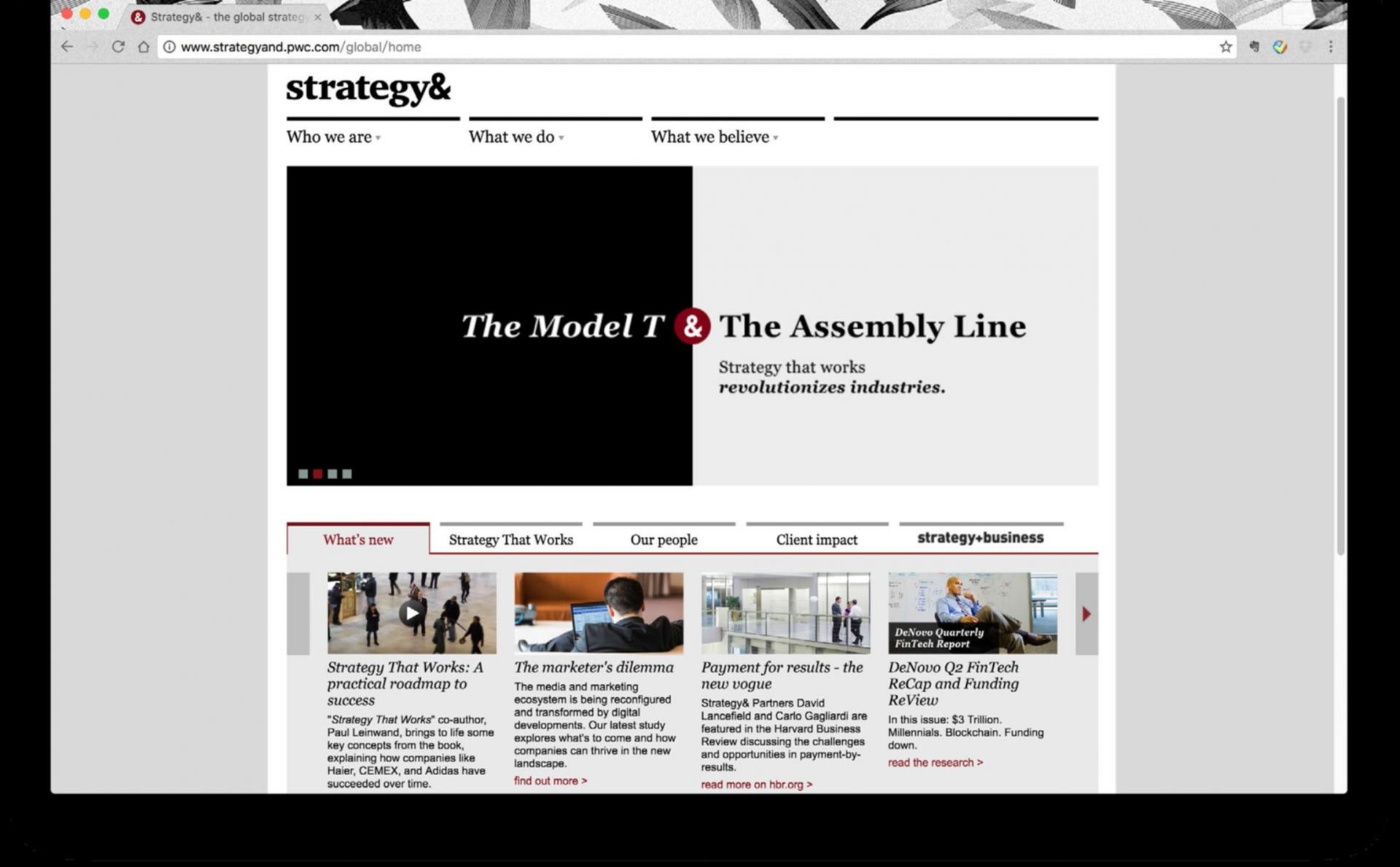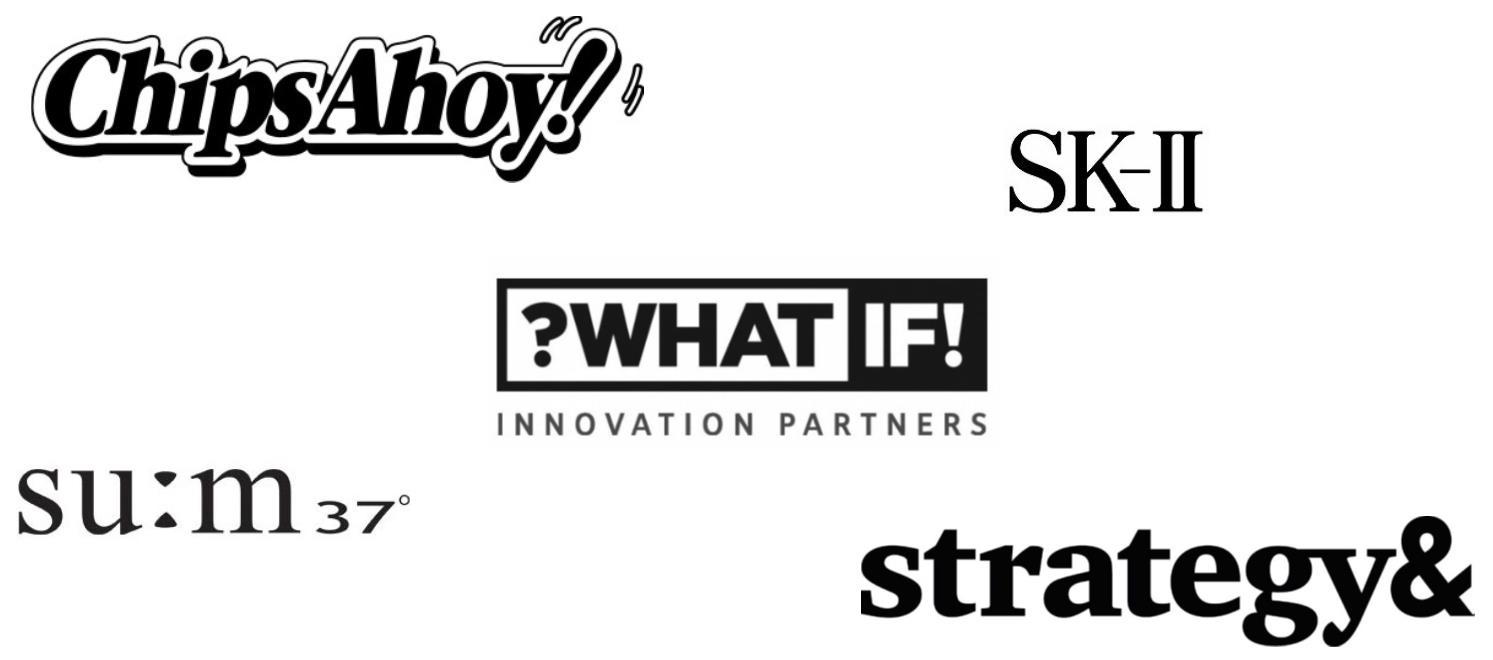

Crafting a memorable brand name is becoming progressively challenging in a landscape where many words, including the most recognizable fruits, are already claimed. Generating a new, legally available name involves navigating a vast pool of over 2.5 million trademarks registered in the USPTO as of 2020. This makes finding a distinctive name amidst existing trademarks a daunting task. With only 26 letters in the English language and specific requirements like the inclusion of vowels, creating a unique and meaningful brand name demands a blend of strategy, creativity, and consideration for brand identity systems. Despite the limitations, hope persists as brands explore the evolving landscape of symbols in brand names, offering creative possibilities beyond traditional linguistic constraints. Explore how symbols can add distinctiveness to brand identities, providing a fresh avenue for meaningful and legally viable brand names.
Apart from the 26 letters, there are actually many more assets at our disposal that can be used in naming. Look at your keyboard: it consists of 26 letters, 10 numbers, and 32 symbols. These symbols represent additional resources that can be used in brand naming, opening up new avenues of expression for brands.
The use of letters in combination with symbols can also be a way to create a distinctive name that can be trademarked. In China, for example, the names DG and D & G can be registered in different categories without a conflict. With this in mind let’s look at a few examples of symbols used within brand names today.
Strategy& — “Strategy&” was formed in 2014 upon the merger of Booz & Company and PwC.
This is undoubtedly a distinctive brand name, and the “&” was likely brought over from the previous brand identity of “Booz & Company”. But what is the meaning of “Strategy&”? The company intends to communicate that they do more than just strategy, but the name begs the question — strategy and what? Without a tagline or descriptor to tell us more, we are left without an answer.
Furthermore, the “and” is not communicated consistently across touchpoints. The website URL is strategyand.pwc.com, and the publication is called “Strategy +”. Using a symbol to deliver meaning — like priming an audience to be curious — can be a powerful use of symbols in brand naming. But like most things in branding, if it is not used consistently or systematically, the audience may be left confused rather than engaged.

Chips Ahoy!, YUM!, Yahoo! — all use an exclamation mark at the end of the name, which brings energy and enthusiasm to the brand identity system. This can make the brand name unique and highly engaging, so long as this tonality is consistent with the brand itself. It is likely not right for a law firm or a hospital. But in these three examples we see excitement as an important emotion in the given categories. Moreover, excitement is palpable in their brand personalities – from the packaging to the messaging to the online application there is a consistent brand voice and tonality.
?What if! — an innovation consultancy, uses punctuation marks at both the beginning and the end of the name. This tells a simple but intriguing story: start with a question, and end with an explanation. In the brand mark they also include a descriptor of “innovation partners” to clarify what they do, which may not be apparent from the name alone. This holistic approach towards symbolic naming paints a clear picture for clients to see and understand.
su:m37° — is a Korean cosmetics company that takes the use of symbols in a brand name to a new level, calling on a colon, a degrees sign, and numbers all at the same time. The question is – did they take it too far? The colon is a bit disruptive in terms of reading the word, and combined with the 37° at the end, it may be difficult for the consumer to remember. Because it is so symbol-heavy this brand may end up being remembered visually, rather than verbally.
85°C — is a Taiwanese coffee and bakery chain that uses numbers and symbols well in the name. 85 degrees is the optimal temperature for preparing coffee. It is short, distinctive and memorable, and has a nice story behind it.

SK-II — uses a dash as well as the Roman numeral for two in the name. The name is short, unique and memorable, and it can be read easily by most audiences due to the familiarity of Roman numerals. However, the use of symbols here does not seem to have any meaning behind it; rather, it is a symbol that the brand can give meaning to over time through communication. Without a clear story visible in the name, this can be an expensive way to bring meaning to a brand name, especially for a new brand. Furthermore, the URL reads: sk-ii.com, which doesn’t read as “SK two” the same way the brand name does.
By working through a few examples, some best practices start to emerge for using symbols in a brand name:
The symbol should mean something.
A brand shouldn’t include a symbol in its name randomly. It works best when there is a story behind, and the tonality the symbol adds to the brand name is consistent with the brand personality.
The symbol should be applied consistently & leveraged across touchpoints.
If a brand does use a symbol in its name, it needs to be used consistently and across all touchpoints. We shouldn’t see the “!”, “&”, or the “@” in some places but not others. Varying wordmarks may dilute the distinctiveness and recognition of the brand name by consumers, or make consumers question the authenticity of the brand. The use of the symbol in the brand signature as well as the URL are key considerations as these are very prominent touchpoints for building brand perceptions and recognition.
The symbol can be considered a core brand asset across the portfolio.
Once brand recognition and awareness are built, the symbol also represents an asset that can be used to communicate brand architecture. For example, if a brand has sub-brands, the sub-brands could also use the same symbol in their names to connect back to the equity of the master brand or relate to the other brands in the portfolio.
Indeed, hope is not lost for alphabetical naming just yet. By using symbols in brand names we open up new realms of possibilities, but in the future, there could be even more opportunities. What if we could combine characters or letters from different alphabets around the world into one brand name? What if we could include emotions? What if we invent new letters or new characters? All of these could become a reality in the coming years. Humankind has been communicating with the written script for five thousand years, and we are bound to keep doing so in the foreseeable future. Brands also look like they are here to stay, so we need to devise new and innovative ways to name them. The future need not be confined to an alphabet of 26 letters.
A Labbrand Group Company © 2005-2024 Labbrand All rights reserved
沪ICP备17001253号-3To improve your experience, we use cookies to provide social media features, offer you content that targets your particular interests, and analyse the performance of our advertising campaigns. By clicking on “Accept” you consent to all cookies. You also have the option to click “Reject” to limit the use of certain types of cookies. Please be aware that rejecting cookies may affect your website browsing experience and limit the use of some personalised features.